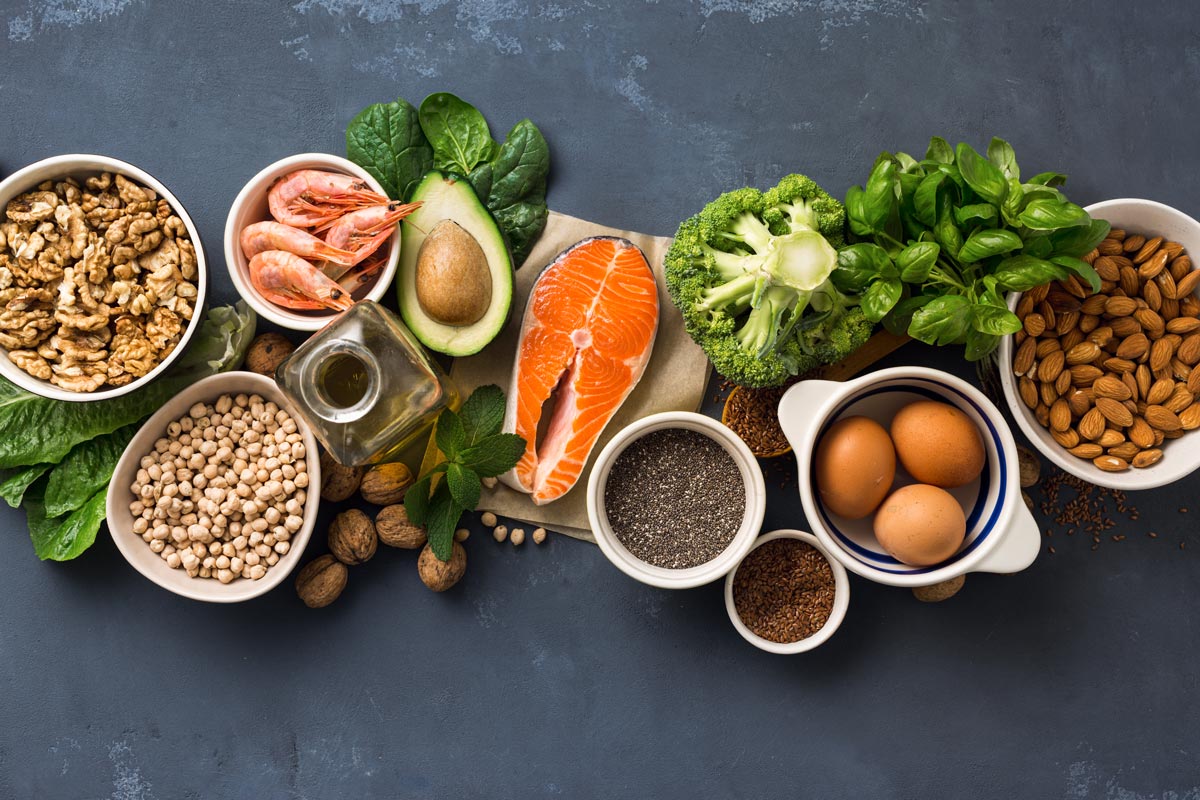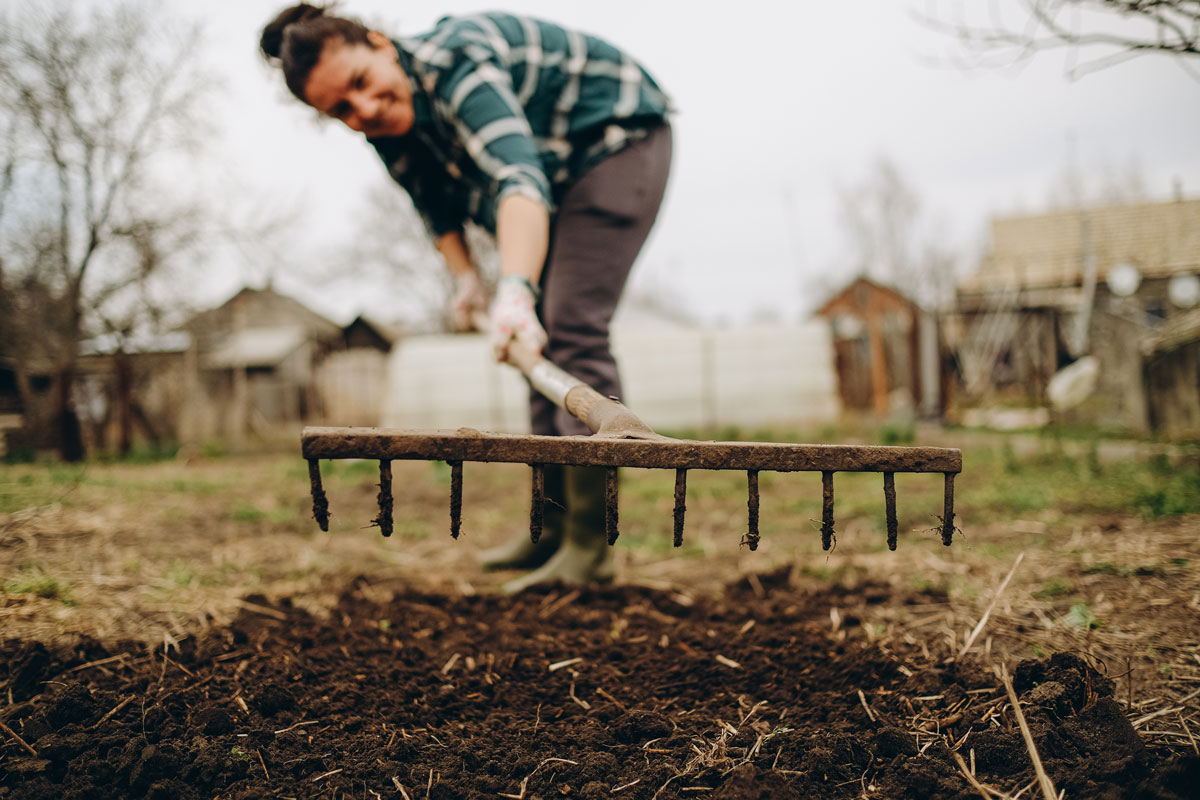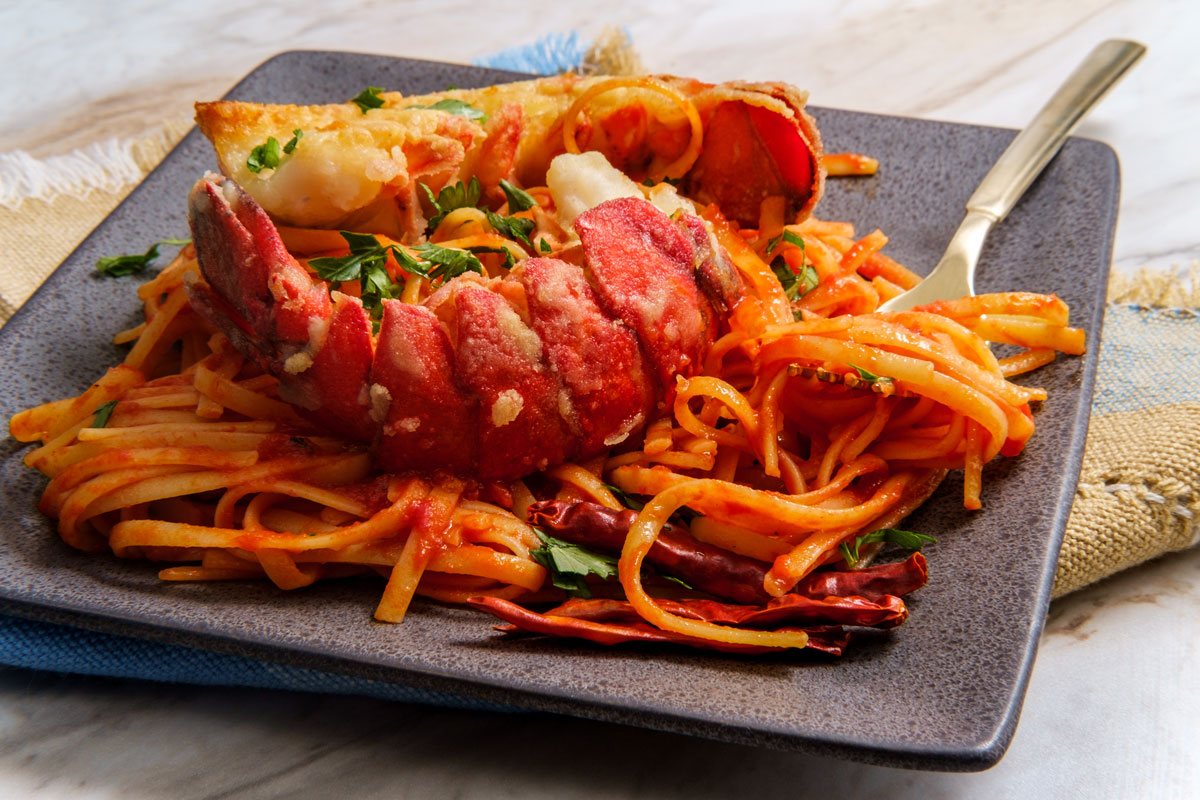Poached Salmon with Leek Sauce Recipe, Spotlight on Poaching Liquid and Skinning Fish, A New Way to Look at Fiber, Plus “Weekend Warrior” Benefits
As summer approaches, our tastebuds favor lighter dishes that are still big on flavor. Poaching is a minimalist cooking technique that’s fast and virtually foolproof! Perfect for salmon, it’s also great for chicken, especially when making chicken salad. The health news in this edition touches on two interesting topics: how scientists are working to classify various types of dietary fiber in different foods so that we can better gain fiber benefits and how being a weekend warrior when it comes to exercise will still help you get the fitness benefits of daily workouts.
Poached Salmon with Leek Sauce
 Poached Salmon with Leek Sauce
Poached Salmon with Leek SauceThis recipe is perfect for spring—a light cooking technique and vibrant flavors. Leeks are the unsung heroes of the allium family, delivering a sweet, oniony taste. Just be sure to triple-wash them to remove all the sand before cooking.
Ingredients
For the poached salmon:
- 2-pound salmon fillet
- 4 fresh dill sprigs
- 1 large onion, sliced
- 6 black peppercorns
- 2 cups white wine
For the leek sauce:
- 3 tablespoons extra virgin olive oil
- 1 small garlic clove, minced
- 2 large leeks, trimmed, cleaned, and cut into coins or half moons
- 1 teaspoon fine sea salt, more to taste
- 1/2 teaspoon freshly ground black pepper, more to taste
- 1 tablespoon unsalted butter
Directions
Step 1
To poach the salmon, place it in a skillet large enough to hold it (you can cut a whole side into pieces to make it fit). Add the rest of the ingredients and enough cold water to cover the fish. Bring the liquid to a boil, lower the heat to a simmer, and cover. Cook for about 10 minutes, until the fish is opaque. Turn off the heat and let sit for 5 minutes.
Step 2
While the salmon is cooking, make the leek sauce: Heat a large frying pan over medium-high heat. When hot, add the olive oil and garlic. Once the garlic has softened, add the leeks, salt, and pepper. Sauté the leeks over medium-low heat until tender, about 8 minutes. Add the butter and stir to melt it into the sauce.
Step 3
Cut the fish into four portions (if not already cut up). Plate the fish and top with the sautéed leeks. Drizzle with olive oil.
Yields 4 servings

Healthy Ingredient Spotlight
Poaching Liquid
Poaching is a simple cooking technique. The food is submerged in liquid and cooked at a low simmer. Though most of the liquid is water, enhancing it with other ingredients will impart great flavor. Choose aromatics such as vegetables (carrots, onions, and celery, for example), fresh herbs, and/or lemon slices. You can also use a cup or two of wine or broth.

Quick Kitchen Nugget
Skinning Fish
If you have excellent knife skills, you might find it easy to skin fish when raw. But leaving the skin on for cooking adds to the taste of the finished dish, plus it’s easy to simply peel off the skin after the fish is cooked and still warm. Invert your fillet onto a flat plate or cutting board and use your hand to gently pull off and discard the skin.


For Your Best Health
A New Way to Look at Fiber
Australian food scientists have reclassified dietary fiber beyond just soluble and insoluble to better guide nutritional decisions and drive targeted health food products. Dietary fiber in fruit, vegetables, beans and other legumes, and whole grains is one of the most important food components for human health. It helps digestion, weight management, blood sugar control, heart health, cancer prevention, and more. However, according to food scientist and professor Raj Eri, PhD, of RMIT University in Bundoora West, Australia, consumer advice on how best to use it for these various benefits is sorely lacking.
“Quite like how different medicines target different conditions, so too do different types of fiber,” he said. “For example, apples and bananas are both rich in dietary fiber, but the fiber in each works very differently. Our research is helping to understand which type of fiber we should eat to help address certain ailments.”
In their study, published in Food Research International, the RMIT University team proposed a more nuanced fiber classification based on five key features: backbone structure, water-holding capacity, structural charge, fiber matrix, and fermentation rate. Study lead author and RMIT PhD candidate Christo Opperman said that by starting with the key active features of fiber, this “bottom-up approach” more accurately described each fiber’s health impacts.
“For example, suppose you want to promote colonic health. In that case, you identify a fiber’s properties as defined by the bottom-up approach, which align with your desired outcome—in this case, fermentation rate,” Opperman said. “Applying this framework can assure consumers, dietitians, clinicians, and food technologists that they are receiving their desired health effect, which previously was a vague guessing game.”
Opperman said the RMIT team has now taken 20 different types of fiber and studied how they interact specifically with the gut’s microbiome. “Until now, these types of specific interactions have been understudied, but with this framework as a beginning, we are on the verge of a much more helpful and detailed understanding,” he said.
Dr. Eri said there was already strong interest among both practitioners and consumers on how to better integrate fiber into diets. “In the countries surveyed, including Europe and the US, every single population had a deficiency of fiber,” he noted. “Considering fiber is one of the most important nutrients, this is extremely worrying.” While recommended dietary fiber intake is 28 to 42 grams per day, Americans on average get only 12 to 14 grams per day and Europeans only 18 to 24 grams per day.
The current classification of dietary fiber has it grouped into soluble and insoluble fiber, which is based on whether it dissolves in water. Insoluble fiber is seldom fermented in the large intestine and helps keep us regular. Soluble fiber is more readily fermented and can reduce cholesterol, glucose absorption, and food cravings. But it’s not always so straightforward. For example, insoluble fiber can often also rapidly ferment and reduce glucose absorption.
“Despite our evolving understanding of how central different types of fiber are to nurturing a healthy gut biome, our dietary fiber classifications remain simplistic between broad categories of soluble and insoluble types,” Dr. Eri said. “This binary classification insufficiently captures the diverse structures and complex mechanisms through which dietary fiber influences human physiology. Our framework is an essential step in addressing this gap.” The researchers are now planning to investigate how a specific type of fiber (based on their new classification) modulates the microbiota and how to utilize such knowledge for specific health applications.

Fitness Flash
“Weekend Warrior” Benefits
Being physically active for one to two days a week is often called being a “weekend warrior” because workouts are done on Saturdays and Sundays. This approach may provide comparable health and life-prolonging benefits to smaller doses of daily physical activity if the physical effort is moderate to vigorous and totals 150 minutes a week, in line with recommended guidelines for weekly physical activity, according to new research published in the Journal of the American Heart Association. To achieve health benefits, both the World Health Organization and the American Heart Association recommend that throughout each week adults engage in 150 to 300 minutes of moderate-intensity aerobic physical activity, 75 to 150 minutes of vigorous-intensity aerobic physical activity, or an equivalent combination of moderate- and vigorous-intensity activity.
“You don’t need to exercise every day to stay healthy. As long as you get 150 minutes of moderate to vigorous physical activity per week—whether packed into one to two days or spread out—you can significantly reduce your risk of dying from cardiovascular disease, cancer, or other causes,” said study corresponding author Zhi-Hao Li, PhD, an epidemiologist in the School of Public Health at Southern Medical University in Guangzhou, China.
“This message is encouraging news for busy people who struggle to fit in daily workouts but can manage a concentrated burst of activity on weekends or over a couple of days,” Dr. Li said. “The research provides reassuring evidence that even sporadic physical activity can have lasting health benefits, making it easier for people to prioritize their well-being amid busy schedules.”
The research examined health and physical activity data for more than 93,000 people in a large biomedical database in the UK to explore how different physical activity patterns may affect the risk of dying from all causes and specifically cardiovascular disease and cancer. The team reviewed physical activity data collected from wrist accelerometers, devices that measure movement and are likely more accurate than surveys that ask participants about their activity.
The study categorized the data into three groups: “active weekend warrior,” or people who completed most of their exercise in one or two days, “active regular,” or those who spread their activity throughout the week, and “inactive,” or those who didn’t complete the recommended minimum of 150 minutes of weekly physical activity.
Compared to the inactive group, the weekend warrior and active regular groups had significantly lower risks of death from all causes, cardiovascular disease, and cancer if they completed 150 minutes of physical activity a week.
The analysis also found:
- No significant differences in the risk of death surfaced between the weekend warrior and active regular groups.
- For weekend warriors, the risk of death from all causes was 32% lower, the risk of death from cardiovascular disease was 31% lower, and the risk of death from cancer was 21% lower.
- Among participants in the active regular group, the risk of death from all causes was 26% lower, the risk of death from cardiovascular disease was 24% lower, and the risk of death from cancer was 13% lower.

While the new research aligns with previous studies, it is the first to analyze the relationship between physical activity patterns measured by accelerometers and the risk of death from cardiovascular disease and cancer.
Some of the findings surprised the research team, who initially expected that spreading activity throughout the week would be more beneficial. They did not anticipate that weekend warriors’ condensed physical activity would reduce the risk of death from disease.
“This reinforces the idea that meeting the 150 minutes of physical activity per week guideline is key to longevity, regardless of the activity pattern,” Dr. Li said. “Any activity, whether structured exercise such as jogging or daily tasks such as gardening, can be included if the intensity is moderate to vigorous.”
American Heart Association expert volunteer Keith Diaz, PhD, said the findings emphasize that the total volume of physical activity is the crucial factor for health benefits, rather than how it is distributed across a week. Dr. Diaz, the Florence Irving Associate Professor of Behavioral Medicine at Columbia University Medical Center in New York and a member of the association’s Physical Activity Science Committee, was not involved in this research.
“Many people struggle to fit in daily exercise during the workweek. However, this research shows that even if you can only be active on the weekends, you can still gain meaningful health benefits,” he said. “One important caveat to remember is that trying to fit 150 minutes of exercise into just one or two days can be a lot on your body. Some research suggests that weekend warriors have a slightly higher risk of musculoskeletal injuries compared to those who exercise more regularly. However, the benefits of exercising just on the weekend far outweigh the potential risks. If you are going to be a weekend warrior, make sure you do proper warm-ups and build up and progress to higher volumes of activity over time. This will help reduce your risk of injuries.”
The researchers said future studies should be conducted to confirm these results in more diverse groups of people throughout the world and with more consideration for contradictory factors such as genetic predisposition or environmental exposures that may influence physical activity and the outcomes.
Get More Recipes In Your Inbox!


